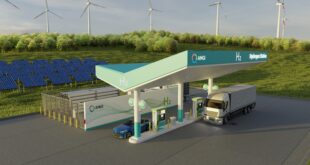A lot of car enthusiasts are considering doing their own electric vehicle (EV) retrofitting. Due to high gasoline prices and environmental issues, many people are seriously considering getting an electric car for their daily commute. For the time being, a new EV from the manufacturer is still relatively expensive and not very practical. One practical alternative is to do an electric car retrofitting project from your home garage. How can anyone convert their gasoline driven car to run purely on electricity? This article will highlight the science of a DIY electric car modification.
The idea of a homemade electric vehicle is to remove the internal combustion engine and replace it with a DC electric motor. When you remove the engine, you also get rid of the exhaust pipe, gas tank, radiator and fuel distribution lines. All the addition space created will be used to store battery packs. The electric motor is then attached to the existing transmission to propel the car forward. To supply power to the motor, you will need a minimum of 20 units deep cycle batteries. To save cost, you can source for second hand or reconditioned batteries. On a full charge, the EV will travel approximately 150 miles. The actual mileage will depend on the weight of the car, the driving condition, the speed of the car and also the condition of the batteries.
For someone who is not familiar with automotive components, doing an electric vehicle retrofitting on your own may not be advisable. In this case, you can send your car to a professional mechanic to be converted. To be prudent, you should at least have some basic understanding on the science of an electric car. This is to protect you from being charge for unnecessary parts of work done in the workshop. To acquire this knowledge, you can purchase electric motor conversion guides from the internet.
 Alternative Energy HQ solar power for homes, wind energy, and bio fuel issues
Alternative Energy HQ solar power for homes, wind energy, and bio fuel issues








